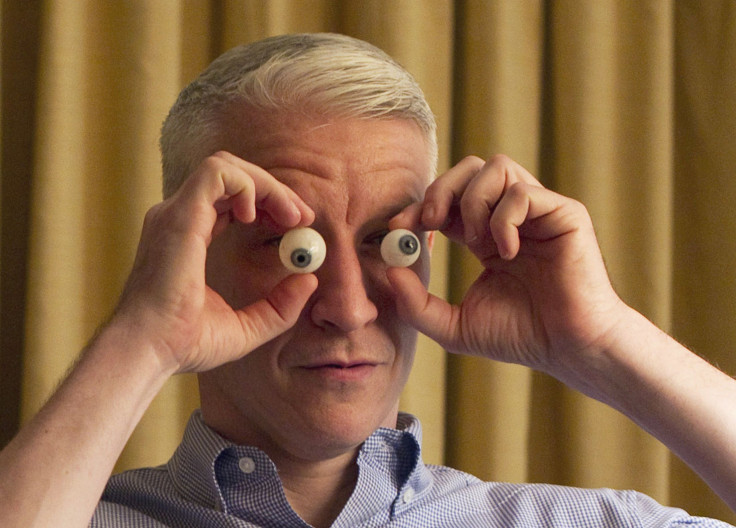Everyone Has A Blind Spot, New Research Suggests It Could Be Reduced With Training

Every human eye has a blind spot, and a study suggests there is a way to train the human eye to reduce the size of that blind spot, the New York Times reported Monday. The training procedure discovered by researchers could eventually be used to treat people with age-related macular degeneration, which is the leading cause of blindness in the Western world, said Paul Miller, a psychologist at the University of Queensland in Australia and an author of the study.
The blind spot refers to a zone of functional blindness that all normally sighted people have in each eye, according to the study, which was published in Current Biology. It occurs because the optic nerve that sends visual signals to the brain must pass through the retina, creating a hole in the light-sensitive layer of tissue, Science Daily reported. The blind spot is unavoidable, but generally goes unnoticed because the right eye compensates for the left, and vice versa. The study published Monday found a way to shrink the blind spot by 10 percent.
A study found that the blind spot in your eye can be trained away http://t.co/nyn2OIsm8A pic.twitter.com/69oxTsQhWj
— NYT Science (@NYTScience) August 31, 2015Researchers trained 10 people for 20 consecutive days using a computer monitor and eye patch. They showed the participants a waveform in the visual field of their blind spot, and found that over time, the blind spot shrank by about 10 percent. The researchers said they believe this is because the neurons that partially overlap or border the blind spot became more responsive, which reduced the extent of the functional blindness.
The training could prove to be similarly effective in treating other cases of blindness and not just blindness associated with the physiological blind spot. The plan is to improve the training protocol further in normally sighted individuals around the physiological blind spot, and then move on to test the training procedure for treatment of mascular degeneration.
Other authors of the study included Guy Wallis, Peter J. Bex and Derek H. Arnold.
© Copyright IBTimes 2024. All rights reserved.












